Karachi’s Water Supply Curtailed by Theft and Mismanagement
Theft, corruption, and disrepair hamper water access for millions in Pakistan’s largest city.
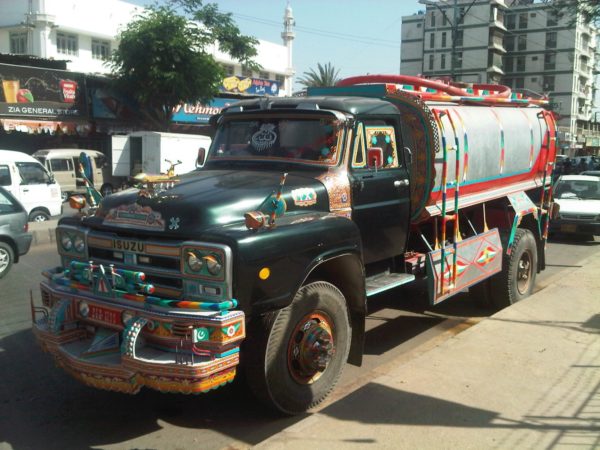
A water tanker in Karachi, Pakistan. Photo courtesy of Wikimedia Creative Commons.
Pakistan, on the whole, is one of the world’s most water-scarce countries. Inadequate supplies are already the case in Karachi, the country’s largest city, where theft, corruption, and disrepair hamper water access for millions.
Ideally, Karachi needs 1.1 billion gallons daily to supply water to roughly 20 million residents. Instead, it is only able to provide 550 million gallons per day. This water comes mostly from Keenjhar Lake, a manmade reservoir that lies 150 kilometers east of the city. The lake is fed by the remnants of the Indus River, which flows through the entirety of Pakistan before emptying into the Arabian Sea near Karachi.
The 550 million gallons travel through a series of canals before reaching Karachi’s main pumping station. From there, water enters the piped distribution system or it is used to fill tanker trucks, which ferry water throughout the city.
The reality of water distribution in Karachi, however, isn’t quite so straightforward. Water theft is rampant. According to the Karachi Water and Sewerage Board (KWSB), 42 percent of the water is lost or stolen before it reaches consumers.
“Water does come [in the main line], but it gets stolen before it gets to us,” Akhtari Begum, a Karachi resident, explained to Al Jazeera. “So we don’t get any water, we have to get tankers.”
Water tankers are ubiquitous in Karachi. Originally intended as a short-term solution while the city developed its water infrastructure, the tankers now control much of Karachi’s water distribution. More than 10,000 tankers operate in the city, making an estimated 50,000 delivery trips each day.
The tankers are supposed to fill up at 10 hydrants operated by the KWSB. Instead, the trucks draw water from more than 100 illegal hydrants, which tap into main water lines. The “water tanker mafia” then sells water at inflated rates to Karachi’s consumers–the people and businesses who were supposed to be receiving the water in the first place. Delivery of a 1,000-gallon water tanker costs between $12 and $18. This is a steep price, especially for larger, poorer families, some of which spend a third of their income on the stolen water.
A spokesperson for the KWSB claims that the water utility acts immediately when an illegal hydrant is reported. In recent years, KWSB has carried out more than 400 operations against illegal hydrants. Others, however, criticize the KWSB, alleging that the utility turns a blind eye to much of the illegal activity in order to share in the profits. In either case, the number of illegal hydrants continues to grow.
Management Woes
Karachi’s reliance on water tankers stems from the city’s inadequate infrastructure. A majority of the city’s water lines are deteriorating after operating for more than 40 years with minimal maintenance. Elsewhere, water infrastructure is absent altogether, especially in the city’s informal settlements.
The nearly-bankrupt KWSB is doing little to improve the situation. In 2017, the utility was running at a deficit of 59.3 percent. Nearly half of consumers do not pay their bills, including several government institutions. The KWSB lacks the funding for both maintenance and new infrastructure.
In January, government authorities discovered another city water management failure. While touring a local filtration plant, Amir Hani Muslim, the head of Pakistan’s judicial commission on water and sanitation, found that more than half of the Karachi’s drinking water is unfiltered. Muslim was also dismayed at the condition of the sewage treatment plants.
Poor management in other sectors also disrupts Karachi’s water. A gas supply issue between Sui Southern Gas Company (SSGC) and K-Electric caused power outages across the city in recent weeks. As a result, many industries slowed or stopped operations, including the KWSB. Over the past week, protesters took to the streets, demanding restoration of the city’s normal water services.
Shortages in the future may become more acute. By 2025, the Pakistan Council of Research in Water Resources (PCRWR) predicts that the country will have depleted its available water supply. By 2040, the country’s water stress is expected to be the most severe in the region.
If Karachi’s current water sources run dry, the megacity has few remaining options. Groundwater in the coastal city is often salty. Rainwater is scarce, and becoming more unpredictable. The Arabian Sea is at the city’s doorstep, but desalination plants are costly. Better management is a must.
Resources And Further Reading
Dry dams, leaky pipes and tanker mafias – Karachi’s water crisis (The Guardian)
Karachi ‘water mafia’ sucking city’s pipelines dry (Al Jazeera)
Over half of Karachi’s water supply unfiltered (Pakistan Today)
Pakistan’s Water Crisis: Why a National Water Policy Is Needed (Asia Foundation)
Pakistan PM Steps In After Protests Over Water Shortage Hit Karachi (Ooska News)
Parched for a price: Karachi’s water crisis (Al Jazeera)
Kayla Ritter is a recent graduate of Michigan State University, where she studied International Relations and Teaching English to Speakers of Other Languages. She is currently based in Manton, Michigan. Kayla enjoys running, writing, and traveling. Contact Kayla Ritter

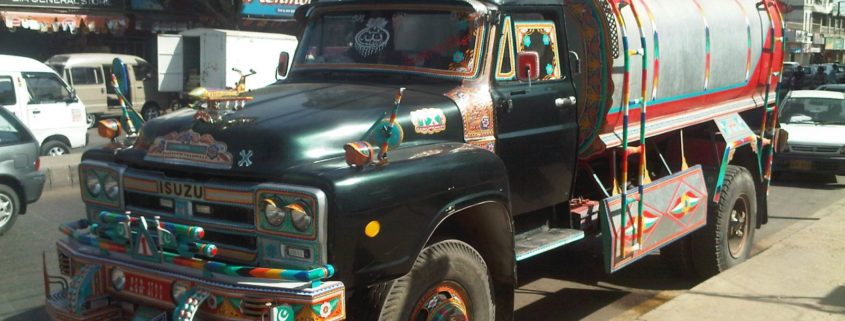

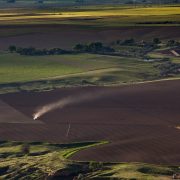
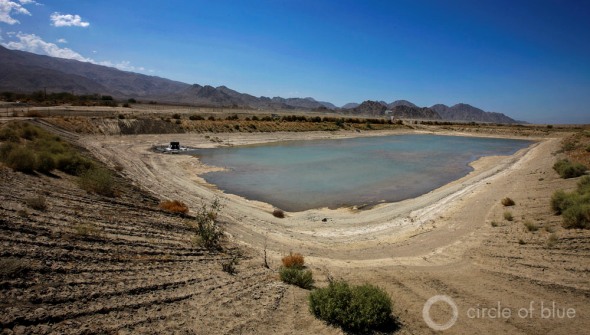

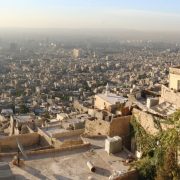
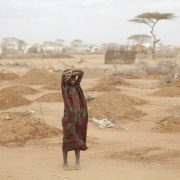
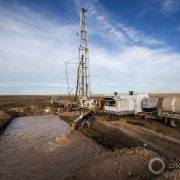


Leave a Reply
Want to join the discussion?Feel free to contribute!